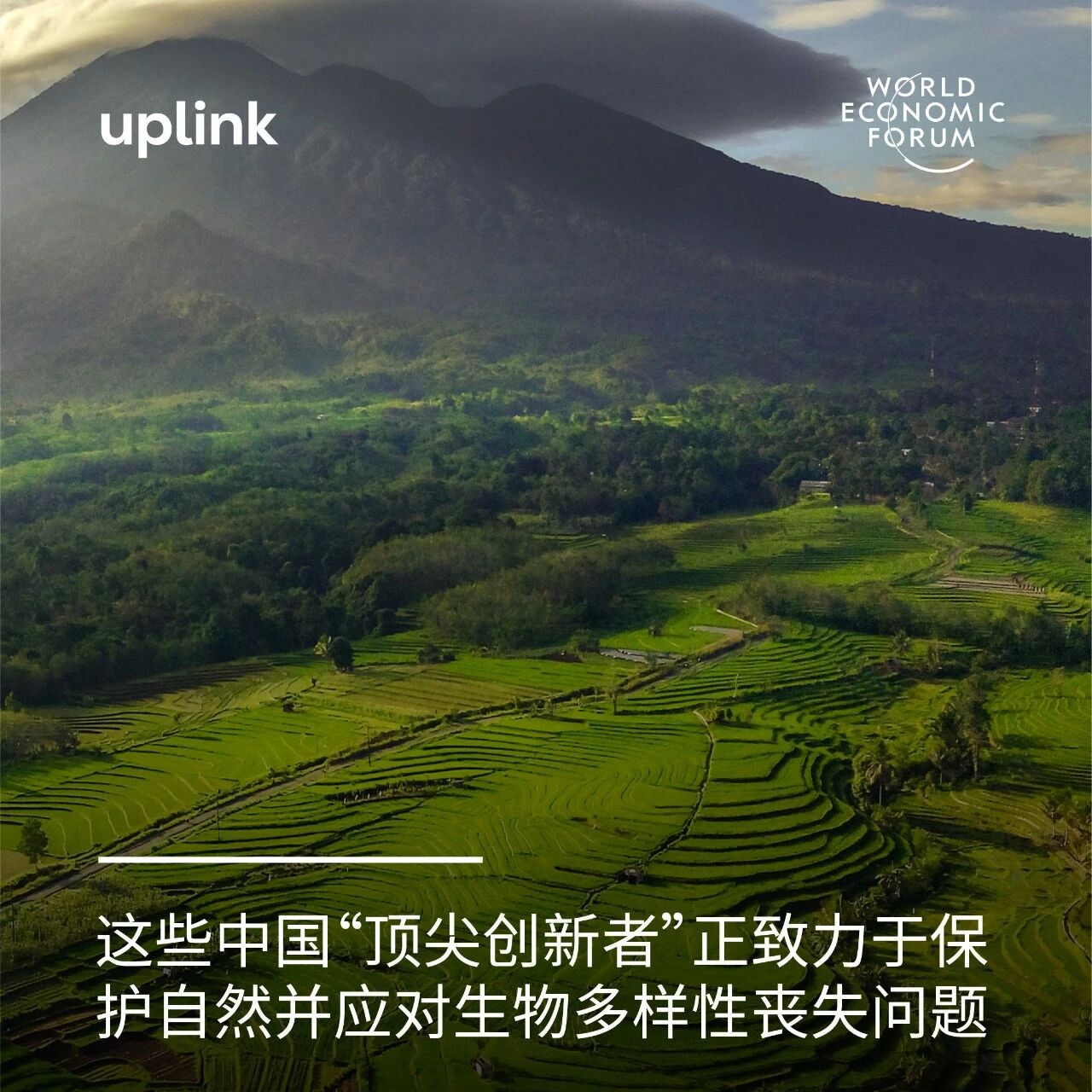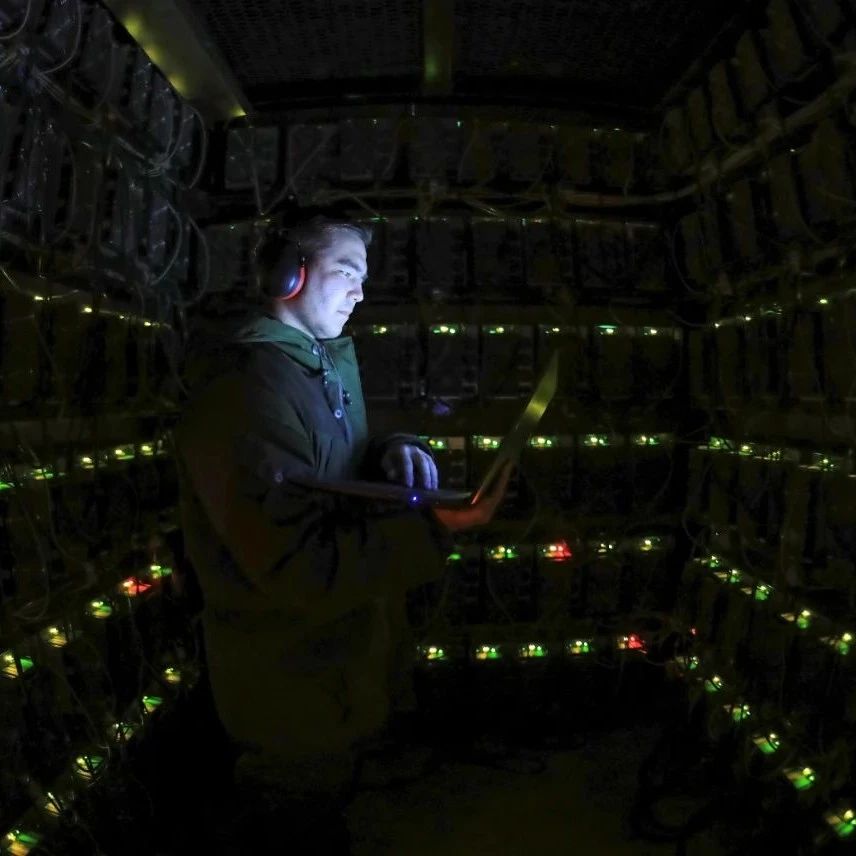

:Unsplash
Ravi Kumar S.
Cognizant
Rohan Murty
Workfabric AI
,——
“”,
(multi-agent systems)“DNA”,
,,,,“”,DNA,?
,,,,
,,
,,:,,
:“”?,?
“”——,:,“”
,,,
,(),————
,,
“”
“”,,“”:,
,,,,
————,,“1+1>2”
,“”“”——,
“”,,“DNA”,,“”,
,,“-”,,,
,:
:,,,DNA()
:,:,“”,,,,
:Looking ahead, AI agents will become an indispensable part of the team. This will involve rethinking IT architecture, operational models, and even potential HR mechanisms—everything needed to manage and support this hybrid workforce that works alongside human employees.
The organizations of the future will be "multi-agent and context-driven." Leaders who understand and embrace corporate heterogeneity, while deploying AI systems equipped with contextual understanding tailored to their specific work environments, will unlock unprecedented team productivity—and, through their distinctive corporate culture, forge a sustained competitive edge that keeps them ahead of the curve.

The above content solely represents the author's personal views.This article is translated from the World Economic Forum's Agenda blog; the Chinese version is for reference only.Feel free to share this in your WeChat Moments; please leave a comment at the end of the article or on our official account if you’d like to republish.
Editor: Wang Can
The World Economic Forum is an independent and neutral platform dedicated to bringing together diverse perspectives to discuss critical global, regional, and industry-specific issues.
Follow us on Weibo, WeChat Video Channels, Douyin, and Xiaohongshu!
"World Economic Forum"


